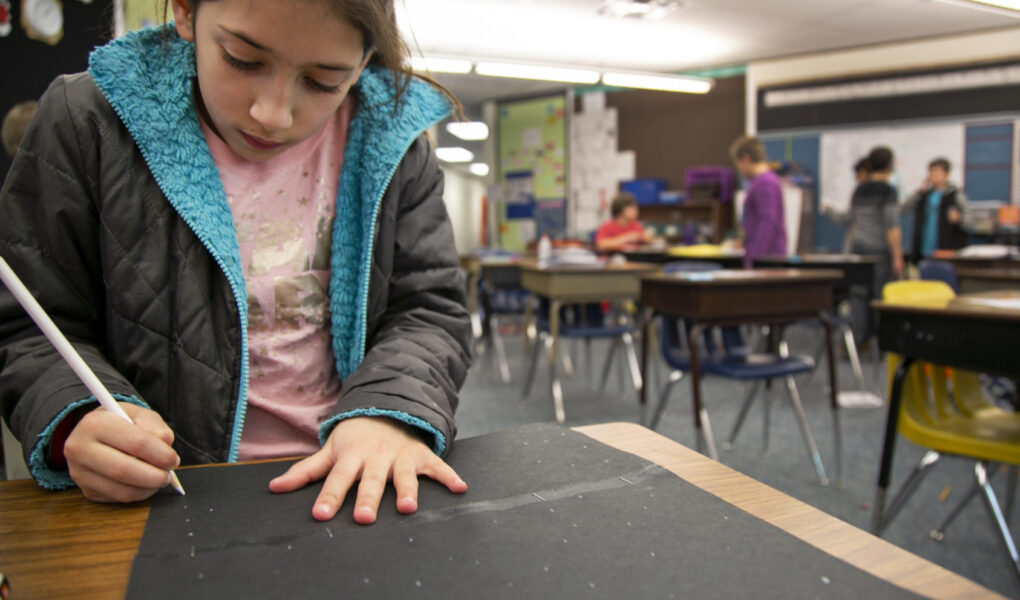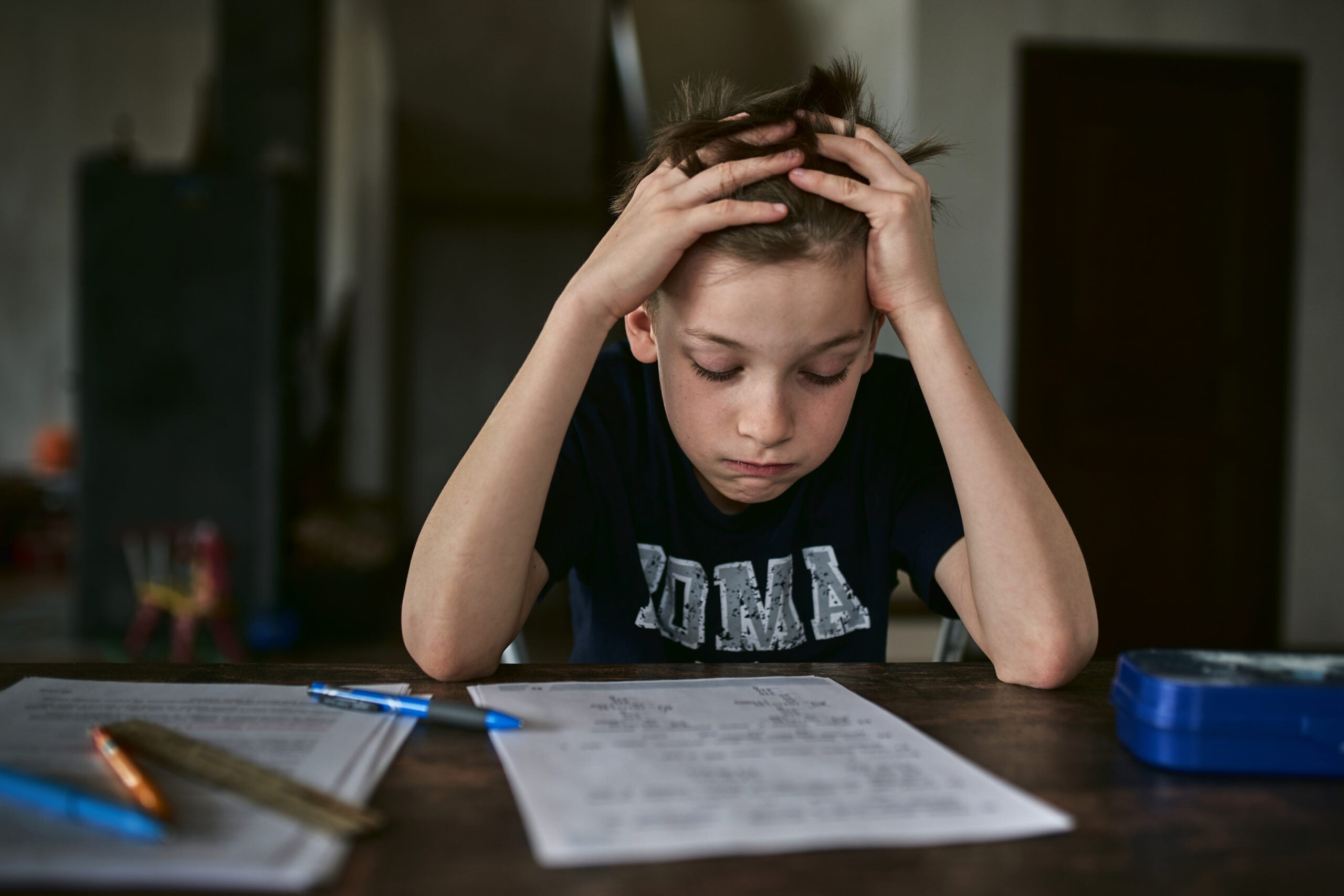Often students find themselves tired of reading, writing, learning, understanding, using the learning management system, and all the things related to studying. Even normal activity stresses them out, such as watching TV. How can they etake effective breaks during this time? By giving their brain a break.
A brain break is an activity that takes only two to five minutes. It helps students of all ages give their minds a break from the monotonous study sessions. Students feel energized and productive after having a brain break.
Table of Contents
Brain breaks for kindergarteners
Kindergartners are very energetic and don’t like sitting for long lessons. For them, brain breaks are used to channel their energies into positive and resourceful activities.
Clapping
What do students do when they are happy and they know it? They clap their hands. Clapping after every lesson can give them a brain break because they are physically involved in the activity, and are alerting their other senses while doing it.
Frog jumping
When children start feeling too energetic, acting jittery, or running across hallways and classrooms, teachers can call for organized chaos. Arrange for a frog jumping race. This will either tire them out, or the teachers can use the activity to let them know the fun time has been addressed and now they have to get back to learning.
The soup pot
A soup is something that can be made from any ingredients that you have lying at your home. Students can close their eyes and imagine that they are storing a huge pot. The ingredients in the soup are their thoughts, and they are stirring their thoughts to get something created by combining all of their imaginations.
Cross crawling
Research has proven that cross crawling helps in taking students’ breaks because it works on the corpus callosum, nerves connecting the two hemispheres of our brain. In this activity, students stand up straight and list their left leg, touch the left knee that is raised with the right elbow; and then repeat the same sequence with the right leg.
Brain breaks for middle schoolers
Middle schoolers are just entering their teenagers, or are new to being teens. At this age, they need to learn the values of having patience, building a liking for academic skills, and developing moral values. Their physical energy levels are still high. Here are some brain breaks for them;
Warm up stretching exercises
Stretching games and exercises before lessons begin are good to improve the blood circulation of students. Because they will be sitting down in the same position throughout the day, improved blood circulation right at the beginning of lessons wakes up their body and brain. Stretching exercises can also be done during recess.
Mixed sequence activity
In this, teachers assign a bunch of activities to students in a mixed sequence. They have to repeat these activities in the same sequence. For example, a child has to Jump, clap, sit, squat, and do a pushup, in this same chronological order. A sequenced activity helps the mind and body coordination skills.
The five senses game
Pick one thing from around the classroom that relates to one of your senses. For example, a book to touch, lunch to taste, a school bell to hear, a blackboard to see, and the touch of your friend beside you to feel. Making yourself aware of the five senses can help wake up your brain.
Brain breaks for high schoolers
High school students have a lot to worry about, upcoming examinations, plans, and so on. They need relaxing mental breaks for focusing better in their classes.
Meditate
Meditating or counting the number of breaths that students take for at least five minutes in between intense classes and study sessions allows their brain to calm down and refocus.
Cross body exercises
Cross-body exercises involve stretching almost every part of your body in all possible ways. Good physical exercise keeps the brain healthy too.
Yoga
Yoga is the other form of exercising but besides catering to physical needs, it also helps students to be calm mentally.
Conclusion
Every institution aims to make its students efficient, productive, and successful. We know that the ERP full form stands for enterprise resource planning, which means that it plans specifically according to the needs of its students. And if it is a break that they need, these tips will surely help them out.




